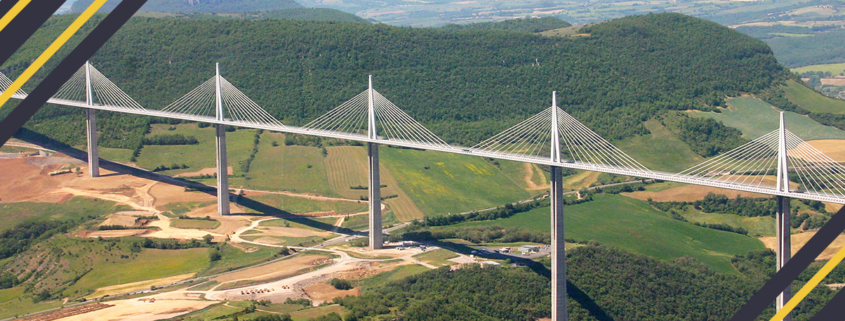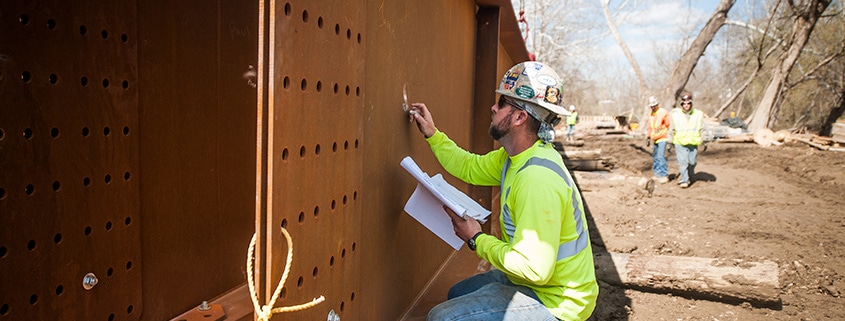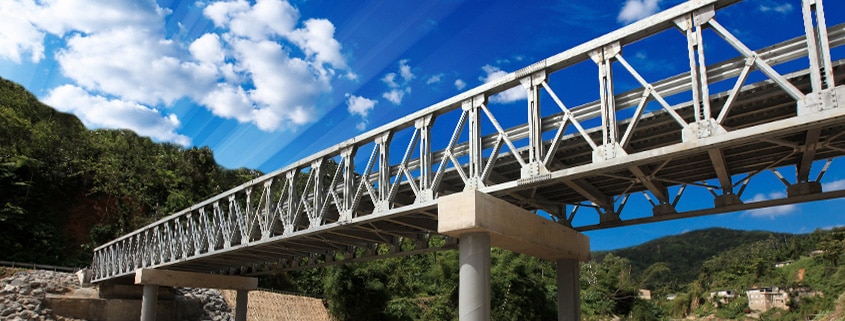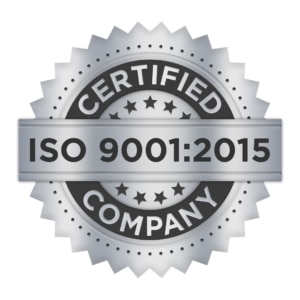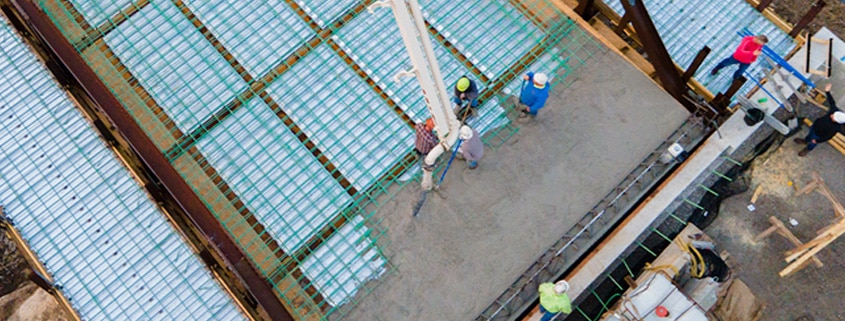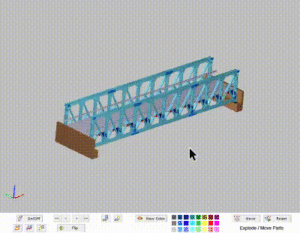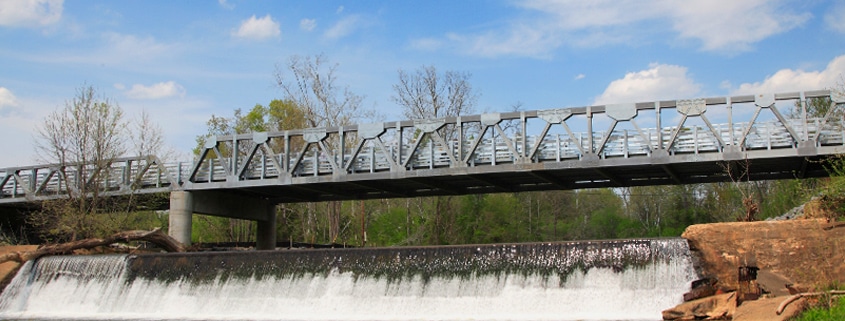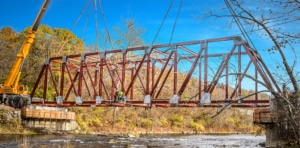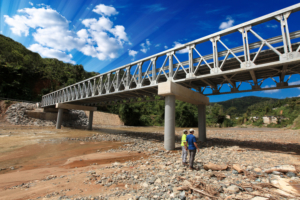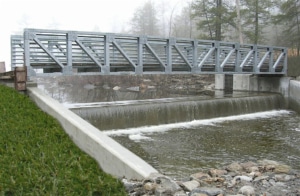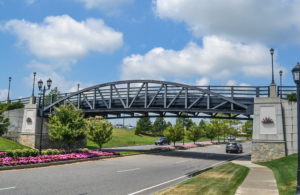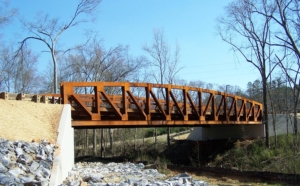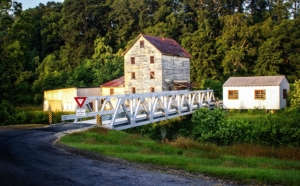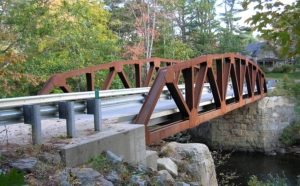Some locations are defined by their distinct skylines or unique transportation systems. But many iconic cities also boast famous bridges that decorate their harbors. These examples stand across the world as great bridges that are the peak of architectural accomplishment.
These bridge designs have been adapted and enhanced in keeping with modern innovations, and each design serves a particular purpose for their city’s needs.
In appreciation for these marvels of human innovation, here are five of the world’s most famous bridges.
1. The Danyang-Kunshan – Suzhou, China
The Danyang-Kunshan bridge in China is the world’s longest bridge, measuring over 100 miles (164.8 kilometers) in length. This bridge connects Shanghai and Nanjing, two of the largest cities in China.
The bridge was completed within its original 4-year timeline, despite difficult terrain and canals, due in large part to the over 10,000 construction workers working on the project. The construction of the bridge cost $8.5 billion and was expertly designed to withstand the typhoons and earthquakes that frequent China’s landscape.
2. The Millau Viaduct – Creissels, France
The Millau Viaduct in France is the world’s tallest bridge, with a structural height of 336 meters (1,104 ft), which is taller than the Eiffel Tower! This cable-stayed bridge crosses the Gorge valley of the river Tarn, which has helped with traffic congestion by shortening the travel time between Clermont-Ferrand and Beziers. The Millau Viaduct is supported by multi-span cables placed in the middle and two thin, flexible columns that form a supportive and easily recognizable A-frame.
3. London Tower Bridge – London, UK
How many famous bridges actually have songs written about them? The London Tower Bridge is easily one of the most recognizable structures in the entire world. The two distinct towers connected by two parallel walkways have given this bridge its rightful place among the most iconic structures in history.
Located on London’s River Thames, this iconic engineering marvel was built with a combination of suspension and bascule structural elements. This bridge is called the London Tower Bridge not only for its distinct towers but also for its proximity to the historical royal prison, the Tower of London.
4. Golden Gate Bridge – San Francisco, USA
This famous bridge can boast being in the opening sequence of several American television shows (Full House to name one!). The Golden Gate Bridge is an architectural staple for the city of San Francisco and is another easily recognizable bridge.
Joseph B. Strauss designed the 894,500-ton, iconic red bridge to connect the city of San Francisco and Marin County. The Golden Gate measures 4,200 feet in length, which makes it one of the longest suspension bridges in the world.
5. Rialto Bridge – Venice, Italy
The Rialto Bridge is, by far, the shortest bridge on this list; it only stretches roughly 104 feet across the narrow Grand Canal in Venice, Italy. In addition to being a popular tourist spot, this iconic arched bridge is one of the oldest bridges that remains perfectly intact and continually in use.
The Rialto Bridge was designed in the early 16th century by Antonio da Ponte, who took his inspiration from a bridge design that dated back to the 13th century. It has two inclined ramps, three walkways, and a span that allows for easy passing of boats through the iconic Venice canals.
These five famous bridges are only a few examples of architectural marvels, but there is no shortage of functional and stunning bridges all over the world. As time goes on, architects continue to improve bridge designs in order to meet the needs of an ever-changing world.
Building the Best with U.S. Bridge
As industry leaders and pioneers in several construction industry firsts, we know the importance of high-quality materials, ground-breaking designs, and reliable engineers. We’re proud to provide a comprehensive service that is easy to understand and time-efficient. That’s why we are the go-to for so many builders!
Working with us means working with professionals at every stage of the process. Get in touch with us now to begin the process, or use our exclusive Bridgescope tool for a jumpstart.

